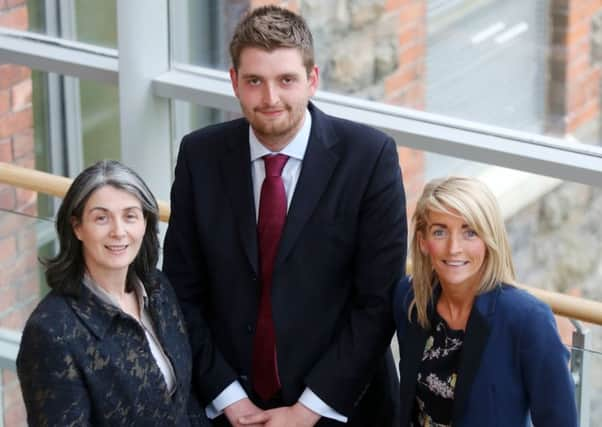Taking a closer look at the Community Planning Committee


Q: What is Community Planning and Regeneration?
A: Community planning and regeneration is a new power that we’ve been given as a result of local government reform. I think it is certainly one of the most far-reaching, exciting and, undoubtedly, challenging aspect of our new responsibilities.
Community Planning and Regeneration is about bringing together all of the partners with an interest in an area to use their collective knowledge and resources to make real improvements to the lives of the people that live there. Ultimately, it is about bringing decision-making closer to the community by consulting and engaging with them.
Advertisement
Hide AdAdvertisement
Hide AdCommunity Planning and Regeneration will be supported by the council’s other new powers and functions including Planning which has already transferred, aspects of local economic development and urban regeneration and community development powers, which are expected to transfer in April 2016.
Q: Who is going to make sure the community is consulted?
A: The council will be the lead organisation in the community planning process. We know that it is only through effective engagement with communities and an understanding of local issues that services can be more responsive to the needs of our communities. Our partners will include representatives from health, education, police, housing, sport and many more, alongside key interest groups from the community. The first Community Plan will be produced in approximately 24 months and continually monitored and reviewed thereafter.
Q: Who are the councillors on the committee?
A: Including the vice-chair, Councillor Roisin Lynch (SDLP) and myself, the committee has 15 members: Ald Pamela Barr (DUP); Ald Thomas Burns (SDLP); Ald Mark Cosgrove (UUP); Cllr Tim Girvan (DUP); Cllr Paul Hamill (DUP); Cllr Nigel Kells (DUP); Cllr Neil Kelly (Alliance); Cllr Annemarie Logue (Sinn Fein); Cllr Vera McWilliam (UUP); Cllr Matthew Magill (DUP); Cllr Paul Michael (UUP); Cllr John Scott (UUP); a replacement has yet to be confirmed for Ald Adrian Cochrane-Watson (UUP).
Q: How do we get in touch with members of the committee?
A: Our telephone numbers and email addresses are on the council’s website - www.antrimandnewtownabbey.gov.uk
Advertisement
Hide AdAdvertisement
Hide AdThe minutes of our meetings are also on the website. As well as the written minutes, there’s an audio recording, so you can hear how issues are discussed and how decisions are reached.
• Full council meetings of Antrim and Newtownabbey Borough Council are held once a month, alternating between Antrim Civic Centre and Mossley Mill. Committee meetings of the Community Planning & Regeneration Committee are held in Mossley Mill once a month, excluding July and August. Members of the public are welcome to attend committee and council meetings.
Next week we will take a look at the role of the Audit Committee.